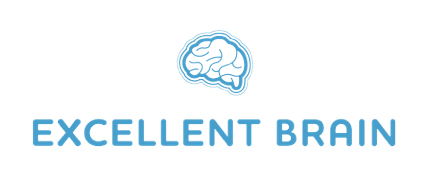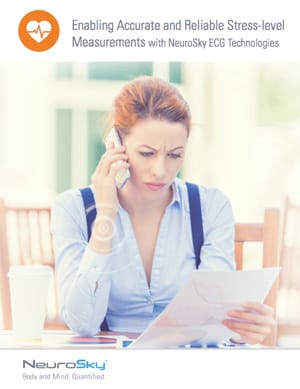Heart Rate
Thanks to NeuroSky’s proprietary algorithm, our ECG chip captures a single heartbeat exactly to the millisecond, unlike PPG-based solutions that have to capture five beats before they can estimate the heart rate.
Heart Rate Variability
This most valuable biometric for heart fitness is an indicator of the efficiency with which an individual’s heart is able to speed up and slow down to effectively meet the body’s physical demands. A higher HRV means a fitter and healthier heart and is a powerful indicator of heart fitness over time. NeuroSky can provide a highly accurate measurement in only 30 seconds, and can enable the tracking of an end-user’s fitness improvement over time from an ongoing exercise program.
Heart Age
A consumer friendly biometric based on HRV. Heart Age can tell a user how the heart is performing compared to a relative age (younger or older) based on overall fitness, HRV levels, and his or her actual age. As Heart Age improves (becomes younger), it shows users the extent of their health and fitness improvement from lifestyle choices. For example, if a person goes from an average Heart Age of 50 to 42, it means their heart fitness has improved from that of an average 50-year-old to that of an average 42-year-old.
Stress
NeuroSky’s Stress Index measures physiological stress, which has been proven to be an excellent predictor of future health problems in cases of prolonged high physiological stress levels. The algorithm uses clinically proven derivatives of HRV to calculate stress.
Signal Quality Score
Enables an application to know if an end-user is not getting a high-quality ECG signal. The algorithm thus enables the application to inform the user to reduce movements, improve sensor contact with skin, or take other actions to ensure an accurate, high-quality bio-signal capture.
Upcoming 2016 Algorithms
Breathing Index/Respiration Rate
By analyzing ECG patterns this algorithm can determine the average number of breaths taken per minute. It is not a static breathing rate, but rather a rate determined by an average measured over 30- or 60-second periods of normal breathing. The algorithm will be useful for tracking and evaluating the health of the respiratory system over time; healthy breathing and the conversion of oxygen require fewer breaths per minute than unhealthy breathing.
Fatigue
Based on an HRV derivative, the algorithm will provide a measurement of body fatigue levels that can be useful in a variety of cases for individual tracking and employee tracking in workplace environments. Understanding fatigue levels can determine which types of exercise and levels of intensity are appropriate for maintaining overall health and wellness.
Third-party Algorithms
NeuroSky actively seeks and supports development partners. We have SDKs for the development of algorithms and applications on the iOS and Android platforms. Visit developer.neurosky.com for more information.



